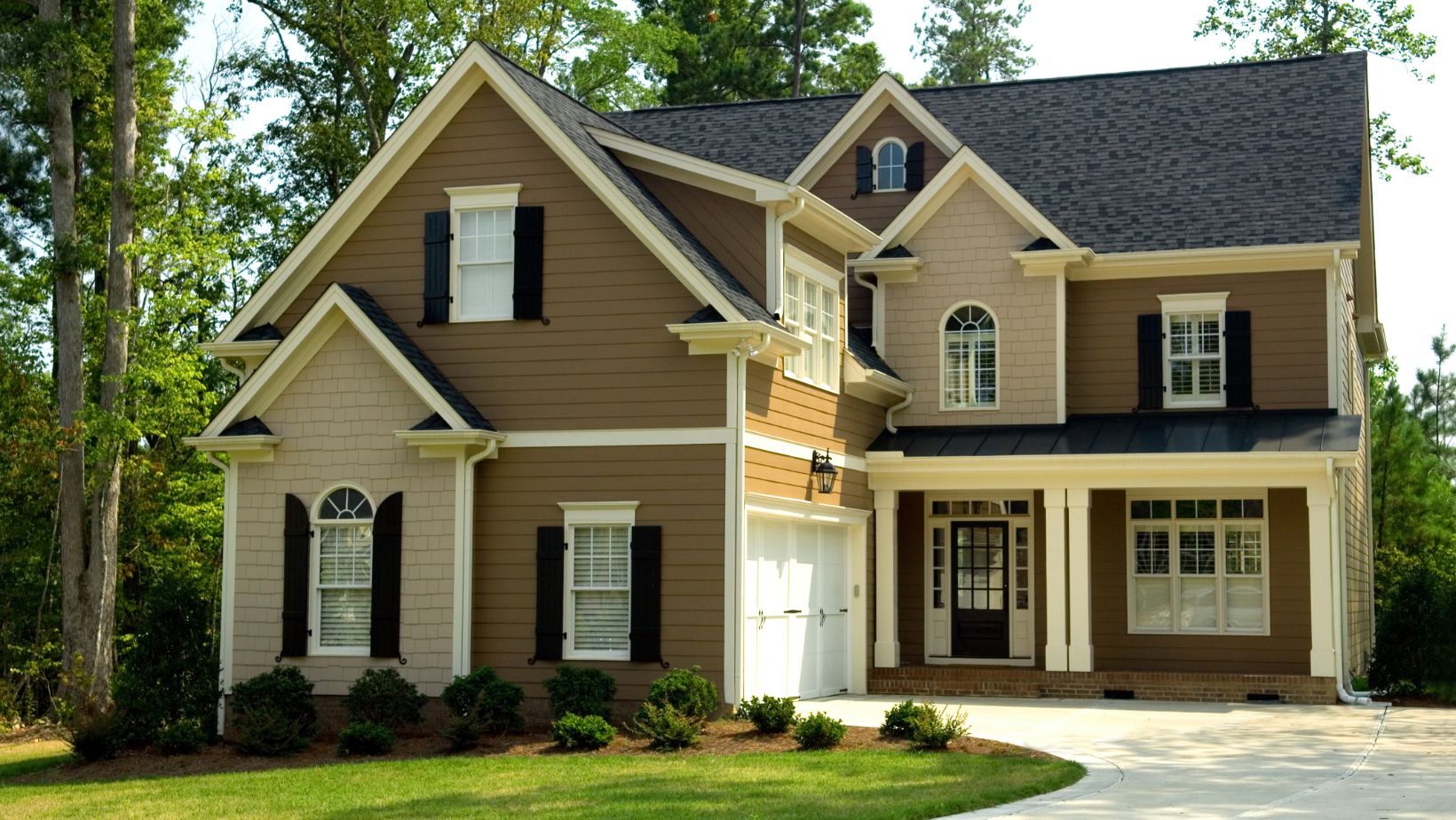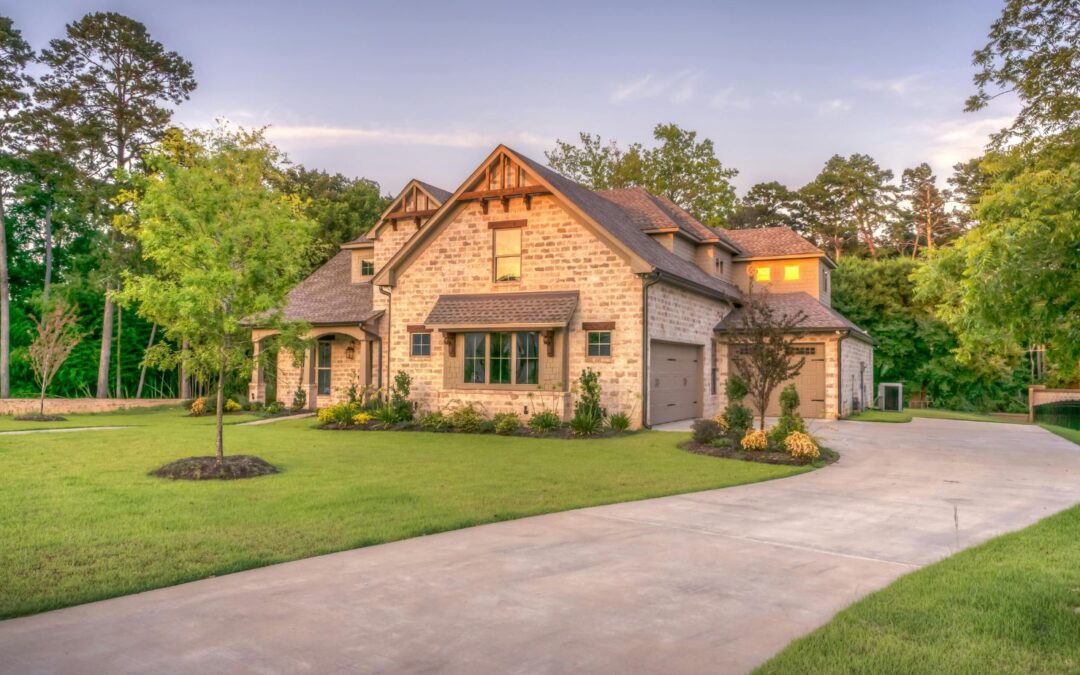You must be so proud of owning a home in a place like Louisiana that’s rich with culture, deep-rooted traditions, and scenic views. Whether it’s a historic home near the bayou or a modern building tucked into a peaceful suburb, settling in this state feels like the beginning of something meaningful. But once the boxes are unpacked and the house starts to feel like home, a new realization often sets in: the space you have today may not meet the needs of tomorrow.
Families evolve. Kids grow up, careers shift, hobbies expand, and priorities change. That’s where planning ahead becomes crucial.
This guide will walk you through key strategies for shaping a home that supports your family through every phase of life.
1. Financing Major Improvements: Making Big Dreams Affordable
In Louisiana, homeownership tends to be more affordable than in many other states, which opens the door for more families to invest in their space. Still, major renovations—like adding rooms, redoing a kitchen, or building out an office—often require more than what’s in the savings account.
A home equity loan can be a solid solution. You can tap into the equity you’ve built in your home, often at a lower interest rate than other types of loans. This makes it a good option for funding meaningful improvements without derailing your finances. However, these loans come with terms that vary by location, so it’s important to check the current home equity loan rates in Louisiana before moving forward. Being informed on rates, repayment periods, and how much equity you actually have can help you choose the right path.
2. Designing Flexible Living Spaces
One of the most valuable design strategies in a family-focused home is flexibility. Life changes—quickly. A room that works as a nursery today could serve as a study space in a few years or maybe even an art studio or guest room down the road.

Designing rooms that serve multiple purposes with just a few changes can save money and effort. For example, built-in shelving, good lighting, and a neutral color palette make it easier to reconfigure a room without major remodeling. Choosing furniture that can be easily moved or repurposed helps make transitions smoother when your family’s needs shift.
3. Investing in Quality Over Quantity
It’s tempting to think that the solution to changing needs is always more space, but that’s not necessarily true. Often, the way a space is used matters far more than its size. Prioritizing quality over quantity means investing in features that truly improve how your family lives day to day.
That could mean replacing worn-out flooring with something more durable, upgrading kitchen appliances to energy-efficient models, or installing better lighting in areas where your family spends the most time. These types of improvements make your home feel better without adding square footage—and they tend to hold up over time.
4. Prioritizing Safety for All Ages
A family-friendly home should feel safe for everyone, from toddlers just starting to walk to older adults who may face mobility challenges. Thinking about safety now helps prevent injuries later and gives you peace of mind.
Basic features like soft-close drawers, slip-resistant flooring, and child-safe locks are smart for younger kids. For older family members, wider doorways, step-free entrances, and easy-access bathrooms can improve day-to-day comfort.
5. Creating Communal Spaces That Encourage Connection
At the heart of every home is the time spent together. Whether it’s breakfast in the kitchen, game nights in the living room, or weekend barbecues out back, shared spaces matter more than square footage. A well-designed communal area encourages togetherness without forcing it. Open-concept layouts continue to be popular for this reason—they allow parents to cook while keeping an eye on the kids or let conversations flow during family gatherings.
However, you don’t need to tear down walls to create more connections. Small design choices—like a kitchen island with seating, a reading nook by a window, or a large sectional that fits everyone—can make a huge difference. What matters most is that the space feels comfortable, inviting, and suited to your family’s lifestyle.
6. Building Storage That Works for Real Life
No matter how big your home is, without proper storage, it can quickly feel cluttered and chaotic. As families grow, so does the amount of stuff—sports gear, school supplies, seasonal clothing, and sentimental items all need a place. The key is building storage that’s both functional and accessible.
Think beyond closets. Built-in benches with hidden compartments, under-bed storage, floating shelves, and mudrooms with cubbies all help maintain order.

Storage should be planned for how your family actually lives. Kids need low-level storage to access and put away their own things. Adults benefit from organized utility closets and pantry space. When storage fits seamlessly into your home’s design, it reduces stress and increases enjoyment of your space.
7. Staying Energy-Efficient as You Grow
A growing family often means increased energy use. More laundry loads, longer showers, more devices plugged in—it all adds up. Investing in energy-efficient upgrades now can save you money in the long run while making your home more comfortable and environmentally responsible.
Start with the basics: proper insulation, LED lighting, and energy-efficient appliances. Then consider more advanced options like smart thermostats that learn your routines or solar panels that reduce your reliance on the grid. Eventually, you’ll create a home that supports your family without draining your resources.
8. Planning for Outdoor Living and Play
Outdoor space is one of the most valuable areas for a growing family. It’s where kids can run around, where parents can unwind, and where everyone can connect with nature. Whether you have a small patio or a spacious backyard, there are ways to make it more functional and fun.
Consider adding a deck or pergola for shaded seating, building a sandbox or playset for young children, or creating garden beds where the whole family can pitch in. Outdoor lighting and weather-resistant furniture make these areas usable year-round. These additions don’t just increase home value—they expand your living space and encourage time away from screens.
Designing a home that grows with your family is about more than adding square footage or chasing trends. It’s about being intentional with your space, your money, and your time.
With the right balance of planning and flexibility, your house becomes more than just a place to live—it becomes the foundation for everything your family will build together in the years to come.



